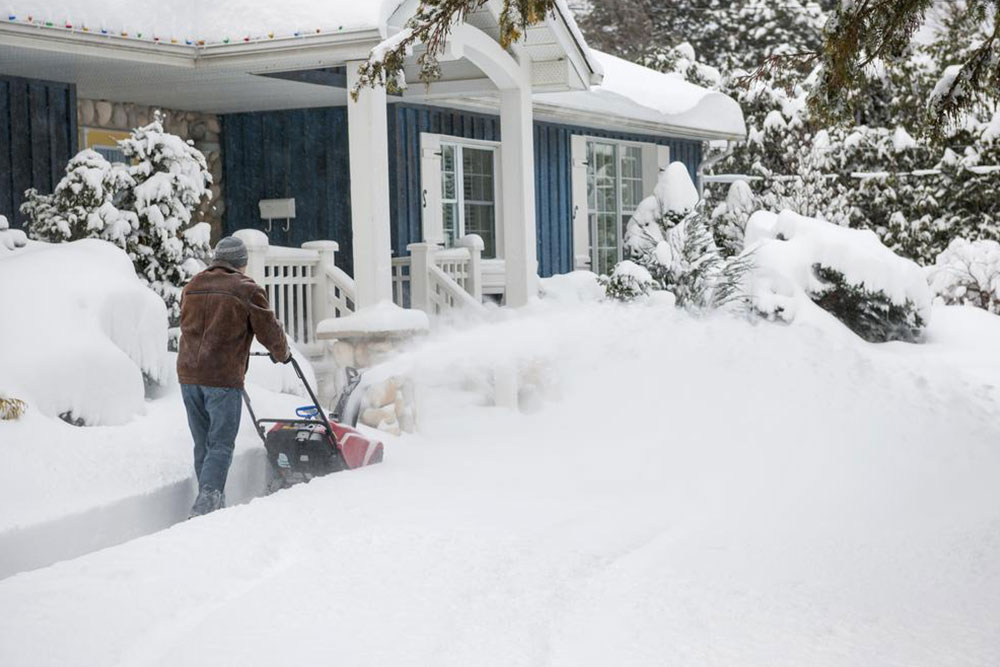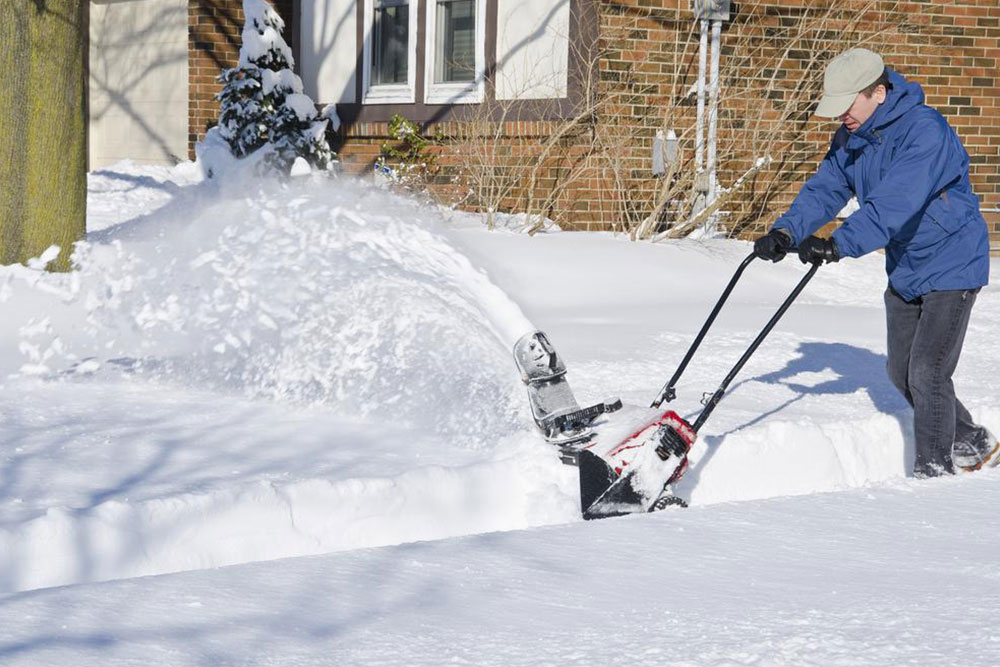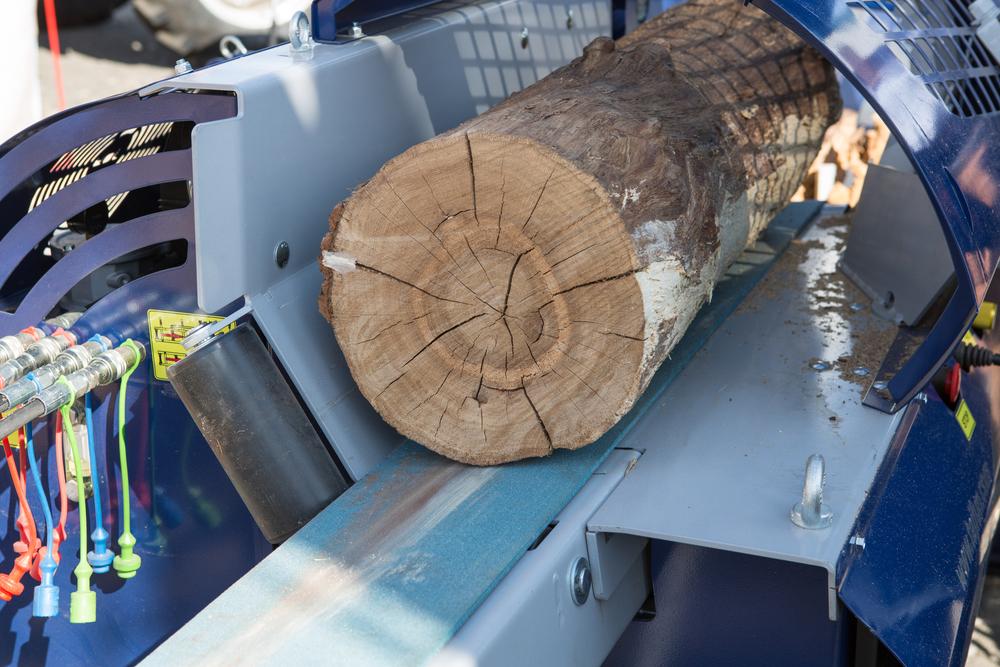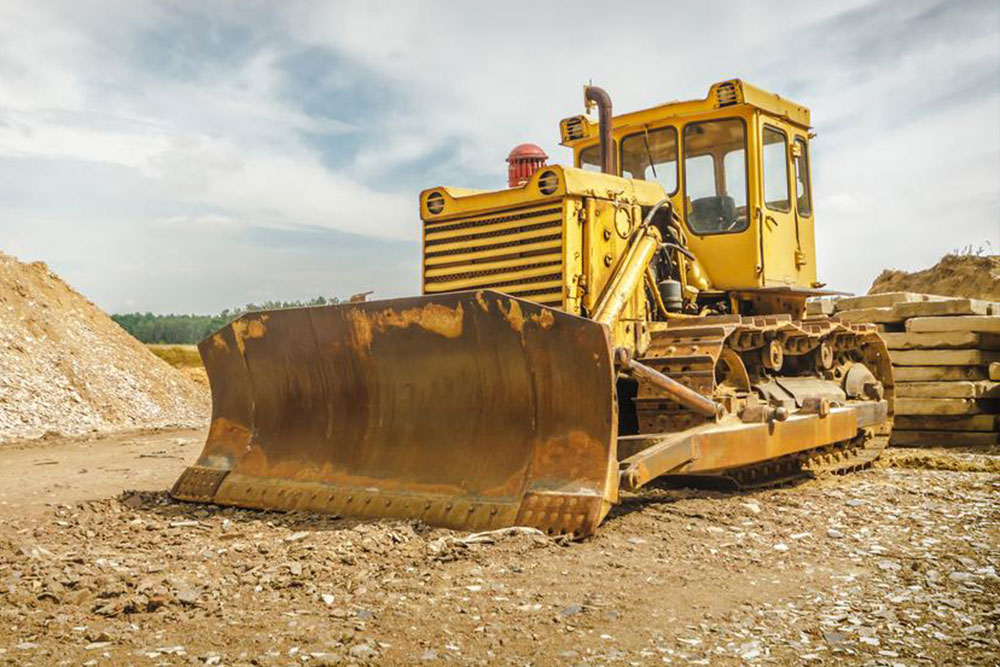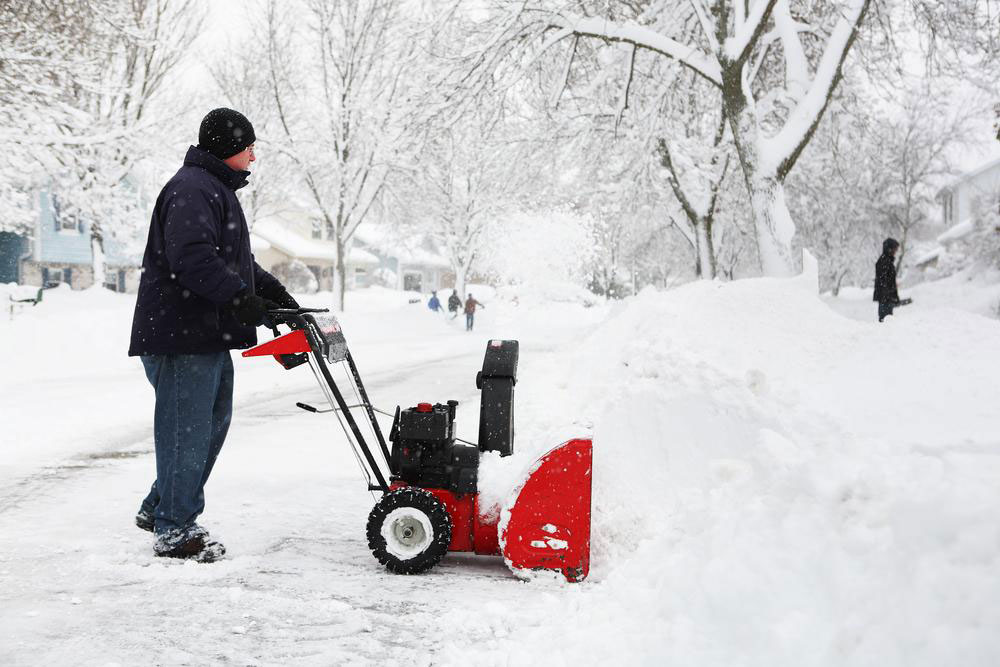Essential Guide to Proper Snow Plow Storage for Longevity
This guide provides essential tips on how to store snow plows properly after winter. Proper cleaning, greasing, hydraulic fluid changes, and spring tension maintenance are crucial to preserving equipment longevity. Storing snow plows correctly prevents rust, corrosion, and damage, ensuring they are ready for use in the next snow season. Learn effective storage techniques to protect your investment and minimize repair costs, making snow removal more efficient year after year.
Sponsored
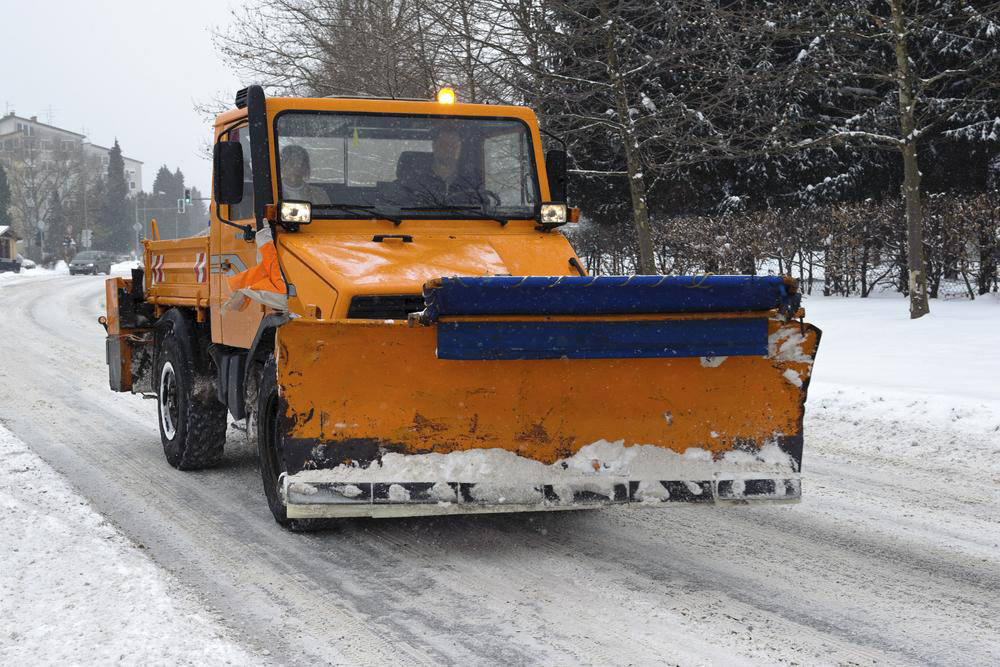
As winter ends, snow removal professionals and homeowners must store their snow plows and related equipment carefully. Proper storage prevents damage and keeps the equipment in top shape for the next season. Snow plows are valuable assets, so correct storage is crucial. Here are key tips for storing your snow plows effectively.
Always clean your snow plow thoroughly before storing, regardless of its age. Accumulated grime can cause corrosion if left untreated over time.
Store snow plows in a sheltered, elevated area rather than directly on the ground to avoid rust and blade damage.
Apply grease to exposed chrome parts, such as angle cylinders and lift cylinders, to prevent corrosion. Compress the lift cylinder during greasing to ensure full coverage.
Change the hydraulic fluid before storing your snow plow to prevent moisture buildup, which can lead to rust. Drain old fluid and refill with fresh hydraulic fluid unless your model lacks hydraulic components.
Maintain proper tension on the trip springs, ensuring they are tight enough that only a business card can pass through. This helps keep the springs functional for the next use.
Follow these tips to keep your snow plow in pristine condition, reduce maintenance costs, and ensure reliable performance each winter season.

